Got frustrated by seeing your hard-earned tomatoes splitting before they even ripen well? You’re not alone! This is a common issue faced by many home gardeners and enthusiasts. Tomato splitting not only affects the appearance of your fruits but also makes them more vulnerable to pests, fungi, and bacterial infections.
Fortunately, with the right care, you can stop this problem before it starts and enjoy a healthy, crack-free harvest.
Understanding why tomatoes split is key to preventing it. In most cases, irregular watering, sudden heavy rainfall, or rapid growth due to excessive fertilization can cause the skin to crack. But don’t worry—there are easy and effective ways to prevent tomatoes from splitting and keep your garden thriving.
In this guide, we’ll dive into the main causes of tomato cracking, how to spot early signs of splitting, and the best practices to ensure your tomatoes stay firm, juicy, and picture-perfect. Whether you’re growing tomatoes in pots, raised beds, or directly in the ground, these tips will help you get the most out of your harvest!
Why Do Tomatoes Split?
Tomatoes split when their skin cannot keep up with the rapid growth of the fruit’s interior. This often happens due to fluctuations in water absorption or inconsistent growing conditions. Sudden changes in moisture levels, such as heavy rain following a dry spell or irregular watering, cause the fruit to expand too quickly.
When a tomato absorbs too much water too fast, its inner flesh swells, but the outer skin lacks the flexibility to stretch at the same rate. As a result, cracks or splits develop, usually near the stem or running vertically along the fruit.
Temperature fluctuations and improper fertilization can also contribute to cracking. Extremely hot weather followed by cooler conditions may weaken the skin, making it more prone to damage. Similarly, excessive nitrogen can encourage rapid growth, increasing the likelihood of splitting.
Once a tomato cracks, it becomes an easy target for pests, mold, and bacterial infections, which can quickly ruin the fruit. The good news is that by following proper care techniques, you can prevent tomatoes from splitting and enjoy a healthier, more bountiful harvest.
Types of Tomato Splitting
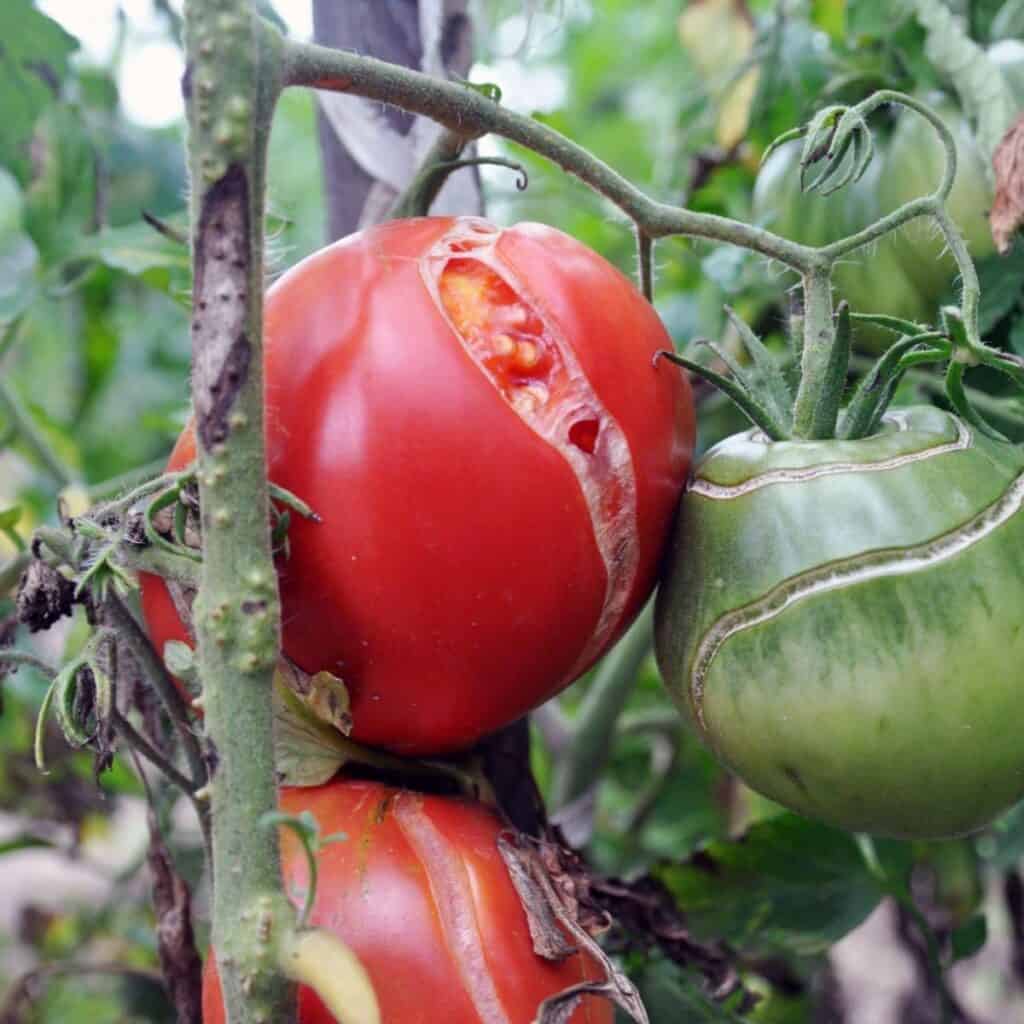
Before learning how to prevent splitting, it’s useful to recognize the types of cracking that can occur. Identifying the type of split can help you adjust your watering, fertilization, and overall care routine to reduce the risk of damage and keep your tomatoes healthy.
Radial Cracks:
These are deep cracks that radiate outward like spokes on a wheel from the stem end of the tomato. Radial cracking is typically caused by a sudden surge in water intake, especially after a dry period. When the tomato has already reached most of its size and then absorbs too much moisture quickly, the skin struggles to stretch, resulting in deep splits.
Concentric Cracks:
These cracks appear as circular rings around the stem end of the tomato. Concentric cracking is often a sign of inconsistent watering combined with nutrient imbalances, particularly a lack of calcium. While these cracks are usually shallower than radial ones, they can still make the fruit more susceptible to rot and pests.
Both types of splitting are common in thin-skinned tomato varieties, but proper watering habits, mulching, and balanced fertilization can significantly reduce the chances of cracking. By recognizing these patterns, you can take proactive steps to ensure your tomatoes stay intact and healthy.
7 Steps to Prevent Tomatoes From Splitting
1. Water Consistently

Consistent watering is the best way to prevent tomatoes from splitting. Tomatoes thrive when they receive deep and even watering, helping them grow at a steady rate without sudden bursts that can lead to cracking. Aim to provide approximately one to two inches of water per week, adjusting based on your environment’s rainfall and temperature conditions.
If it’s especially hot, consider watering more frequently to maintain even soil moisture. Using a drip irrigation system or soaker hose can be beneficial, as it provides slow, steady hydration directly to the roots, reducing the risk of over-saturation.
Avoid letting the soil dry out completely before drenching it, as this sudden influx of moisture causes the fruit to swell too quickly, leading to splits. Adding a layer of mulch around the base of your plants can also help retain moisture and prevent fluctuations.
With proper hydration techniques, you can effectively prevent tomatoes from splitting and enjoy a healthy, crack-free harvest.
2. Use Mulch to Retain Soil Moisture
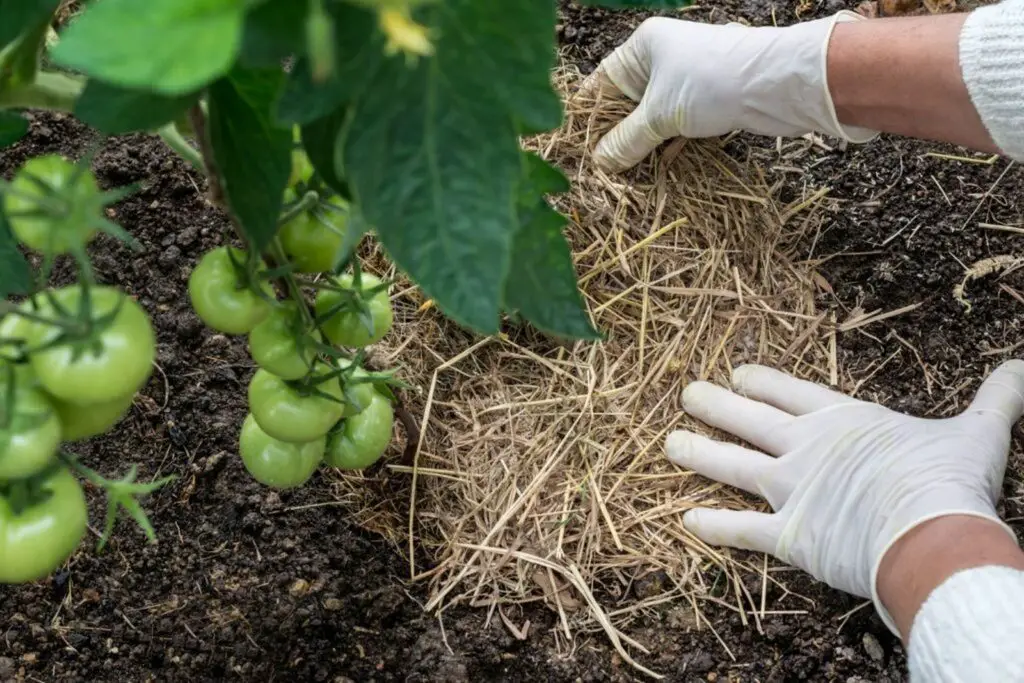
Applying a layer of mulch around your tomato plants is an excellent way to regulate moisture levels and prevent sudden fluctuations that lead to splitting. Organic mulches such as straw, shredded bark, grass clippings, or compost help retain moisture in the soil, reducing the risk of it drying out too quickly during hot weather.
This ensures your tomatoes receive a steady supply of water, promoting gradual, even growth.
Mulch also plays a key role in moderating soil temperature, preventing the stress caused by extreme heat or cold that can contribute to rapid water absorption. Spread a 2-3 inch layer of mulch around the base of your tomato plants, keeping it a few inches away from the stem to prevent rot.
In addition to keeping the soil moist, mulch helps suppress weeds and improves overall soil health, making it a simple yet powerful way to protect your tomatoes from cracking.
Related Topics:
3. Avoid Overwatering After a Dry Spell
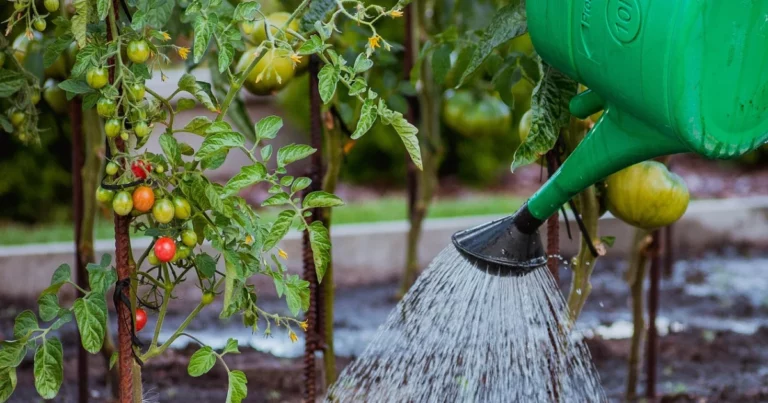
If your tomato plants have gone through a dry period, resist the urge to drench them with water all at once. A sudden flood of moisture can cause the fruit to absorb water too quickly, leading to rapid internal expansion that the skin cannot handle. Instead, reintroduce moisture gradually over a few days to allow the fruit’s skin to adjust, reducing the risk of splitting.
Using an irrigation system like a soaker hose or drip irrigation can help control the watering process, ensuring slow and steady absorption. These systems deliver water directly to the soil at a consistent rate, preventing sudden spikes in moisture intake.
Additionally, checking soil moisture levels regularly and watering before the soil becomes bone dry will further protect your tomatoes from cracking. With careful watering habits, you can effectively prevent tomatoes from splitting and enjoy a smooth, healthy harvest.
4. Protect Tomatoes During Heavy Rainfall
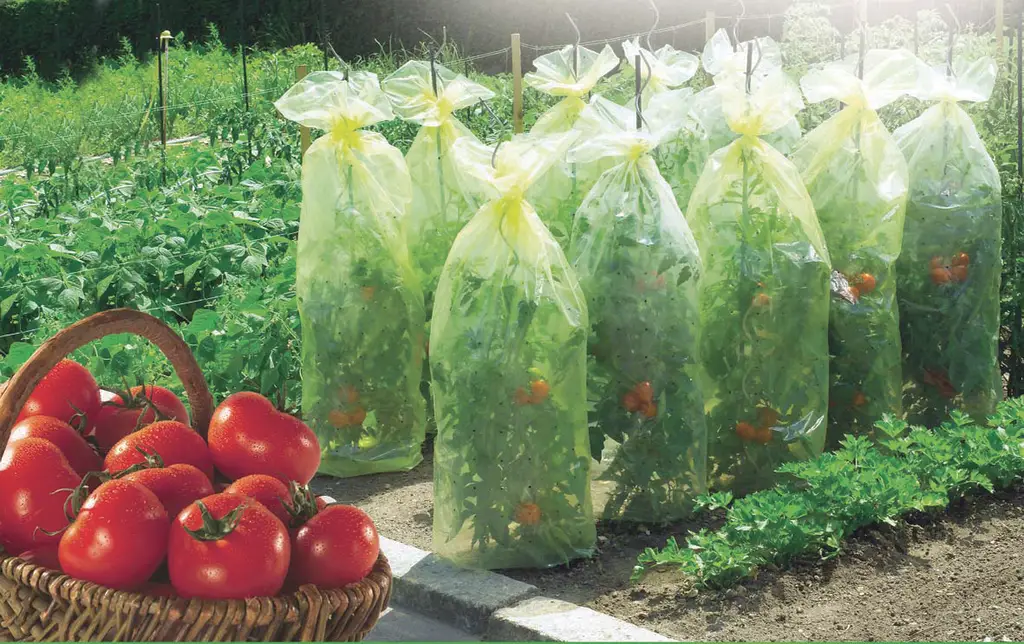
Excessive rain can lead to a sudden surge in moisture, causing tomatoes to absorb water too quickly and split open. To prevent this, take proactive measures when heavy rainfall is expected. Covering your tomato plants with a tarp, plastic sheeting, or breathable garden fabric can help shield them from excessive water exposure while still allowing airflow.
Make sure the covering is secured properly to prevent damage from wind.
For gardeners growing tomatoes in containers, moving pots to a covered porch, greenhouse, or any sheltered area during storms can significantly reduce the risk of overwatering. Additionally, using well-draining soil and ensuring pots have drainage holes will help excess water escape instead of being absorbed too quickly by the roots.
These simple steps can go a long way in helping you prevent tomatoes from splitting and keep your harvest intact, even in unpredictable weather conditions.
5. Choose Resistant Tomato Varieties
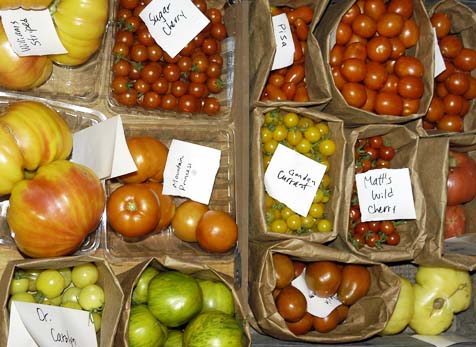
Selecting the right tomato varieties can make a big difference in reducing the risk of splitting. Some tomatoes naturally have thicker skins, which help them withstand rapid growth and fluctuations in water intake.
Varieties like Roma, Cherry, Celebrity, and Mountain Magic are known for their resistance to cracking, making them a great choice for gardeners dealing with unpredictable weather or inconsistent moisture levels.
On the other hand, many heirloom varieties, while delicious, tend to have thinner skins and are more prone to cracking. If you prefer growing heirlooms, be extra vigilant with watering practices to minimize sudden changes in moisture.
When choosing seeds or seedlings, look for labels that mention “crack-resistant” or “split-resistant” to improve your chances of growing smooth, intact tomatoes. By selecting the right varieties and providing proper care, you can significantly prevent tomatoes from splitting and enjoy a more reliable harvest.
6. Harvest at the Right Time
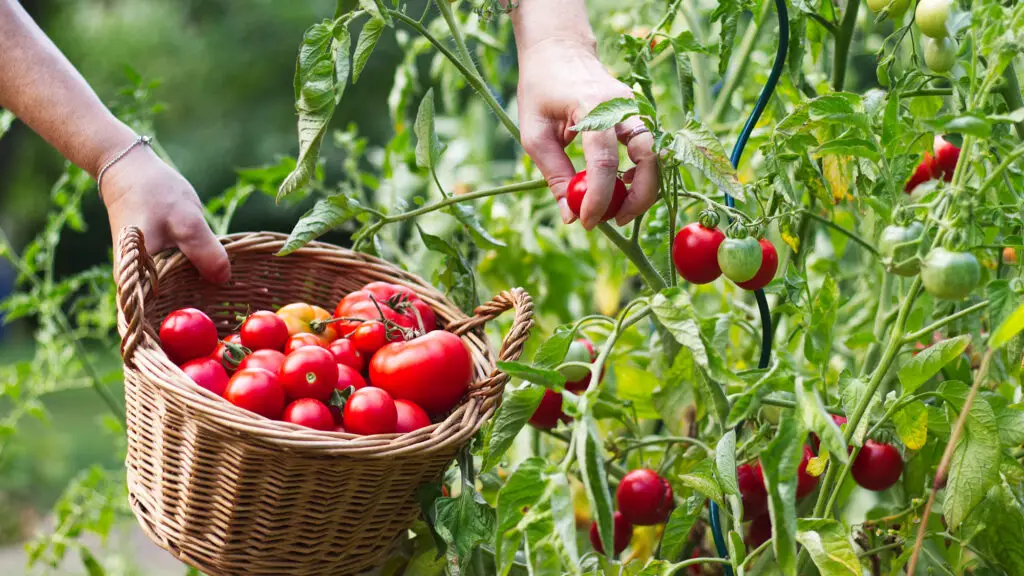
Leaving fully ripened tomatoes on the vine for too long increases the risk of splitting, especially after rain or heavy watering. As tomatoes continue to absorb moisture, their skin becomes more fragile and prone to cracking. To minimize this risk, make harvesting a regular habit, especially during peak ripening season.
Picking tomatoes as soon as they reach maturity not only prevents damage but also encourages the plant to produce more fruit.
If you’re concerned about unripe tomatoes, remember that they will continue ripening off the vine. Harvesting them slightly early and allowing them to finish ripening indoors can protect them from sudden weather changes or excess moisture intake.
Additionally, handling tomatoes gently while picking helps avoid bruising, which can weaken the skin and make them more vulnerable to splitting. With timely harvesting, you can effectively prevent tomatoes from splitting and ensure a steady supply of fresh, high-quality fruit throughout the season.
7. Maintain Balanced Soil Nutrition
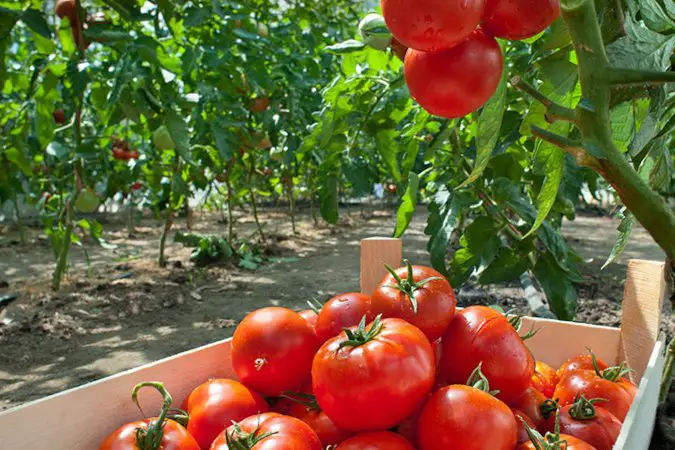
Providing your tomato plants with the right nutrients is essential for strong, crack-resistant fruit. Calcium, in particular, plays a crucial role in strengthening the skin, making tomatoes less likely to split under pressure.
A well-balanced soil mix rich in calcium, potassium, and magnesium supports steady growth and reduces the chances of sudden expansion that leads to cracking. To ensure your soil has the necessary nutrients, conduct regular soil tests and amend it as needed.
If calcium levels are low, natural additives like crushed eggshells, gypsum, or bone meal can help improve soil structure over time.
Additionally, using a balanced fertilizer specifically designed for tomatoes will promote even growth without causing excessive swelling that weakens the skin.
Organic compost and well-rotted manure can also enhance soil fertility while maintaining moisture balance. By keeping your soil well-nourished, you can prevent tomatoes from splitting and enjoy a strong, healthy harvest season after season.
Additional Tips to Keep Tomatoes Healthy
Prune Excess Foliage: Too much foliage can trap moisture around the fruit, creating a humid environment that contributes to cracking. Removing unnecessary branches improves airflow, allowing the plant to dry more evenly after rain or watering.
Proper pruning also directs energy toward fruit production, helping tomatoes develop stronger, more resilient skins. However, avoid excessive pruning, as some foliage is needed to protect tomatoes from sunscald.
Use Raised Beds: Raised beds offer better control over soil moisture and drainage, reducing the risk of over-saturation that can lead to splitting. They also warm up faster in spring, promoting healthy root development and steady growth.
If you’re growing tomatoes in the ground, consider adding organic matter like compost to improve drainage and maintain consistent moisture levels.
Observe Your Garden Regularly: Frequent monitoring helps catch issues before they become major problems. Check your tomato plants daily for signs of cracking, pests, or nutrient deficiencies. If you notice early signs of splitting, adjust your watering schedule or add mulch to maintain stable soil moisture.
Being proactive with garden care is one of the best ways to prevent tomatoes from splitting and ensure a thriving, productive harvest.
Preventing tomatoes from splitting comes down to maintaining the right balance of water, nutrients, and environmental conditions. By practicing consistent watering habits, protecting your plants from excessive moisture, and ensuring well-balanced soil, you can grow smooth, unblemished tomatoes throughout the season.
Choosing crack-resistant varieties and harvesting at the right time will further reduce the chances of splitting, giving you a more abundant and visually appealing harvest.
Remember, gardening is a continuous learning process. Even if some tomatoes split, don’t worry—those fruits are still perfectly good to use in homemade sauces, salsas, or soups. The key is to stay proactive, observe your plants regularly, and make adjustments as needed to prevent tomatoes from splitting in the future.
Start implementing these tips today and enjoy a healthier, more productive tomato garden! For more expert growing advice, seasonal gardening tips, and plant care guides, sign up for our newsletter and take your gardening skills to the next level.
FAQs:
1. Why do my tomatoes split even when I water them regularly?
Tomatoes often split due to sudden changes in moisture levels. Even with regular watering, factors like heavy rain, high humidity, or excessive watering after a dry spell can cause the fruit to expand too quickly. To reduce splitting, maintain consistent soil moisture, use mulch to retain water, and choose crack-resistant tomato varieties.
2. Can I still eat tomatoes that have split?
Yes! Split tomatoes are still safe to eat as long as they are fresh and have no signs of mold or pests. However, they won’t last long since the exposed flesh makes them more susceptible to bacteria. Use cracked tomatoes immediately in sauces, salsas, or soups to prevent waste.
3. Will using fertilizer help prevent tomatoes from splitting?
Yes, balanced nutrition plays a role in preventing splitting. A fertilizer rich in calcium, potassium, and magnesium helps strengthen the tomato’s skin, making it less prone to cracking. Regular soil testing and adding amendments like crushed eggshells, gypsum, or compost can improve soil quality and reduce the risk of splits.
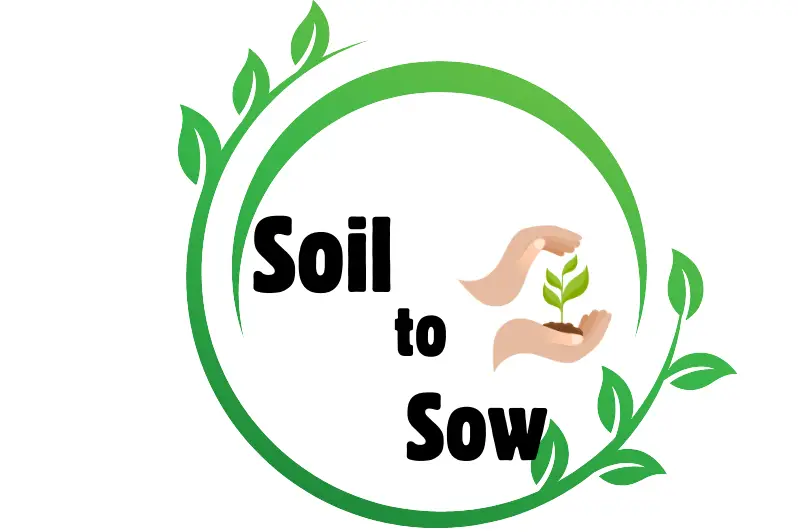
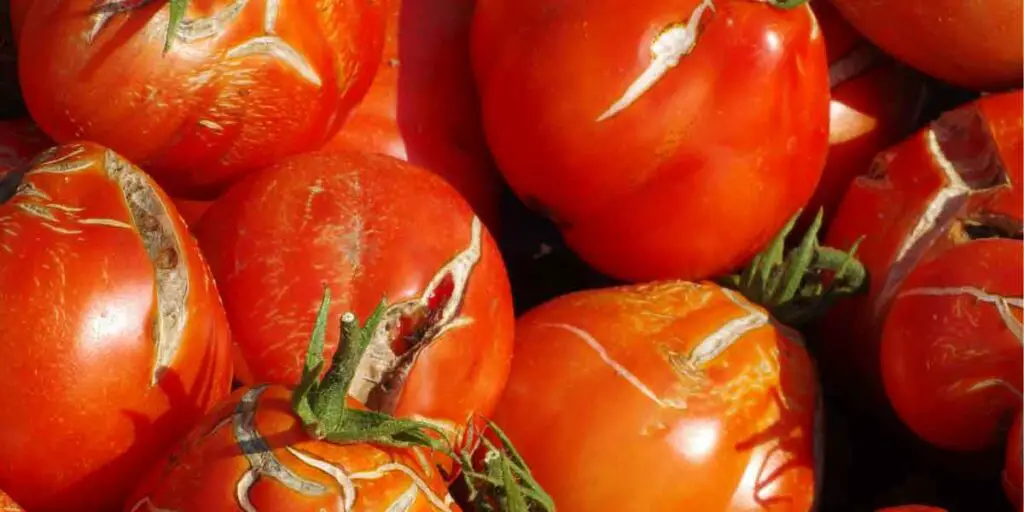
2 thoughts on “How To Prevent Tomatoes From Splitting: Game-Changing Tips!”